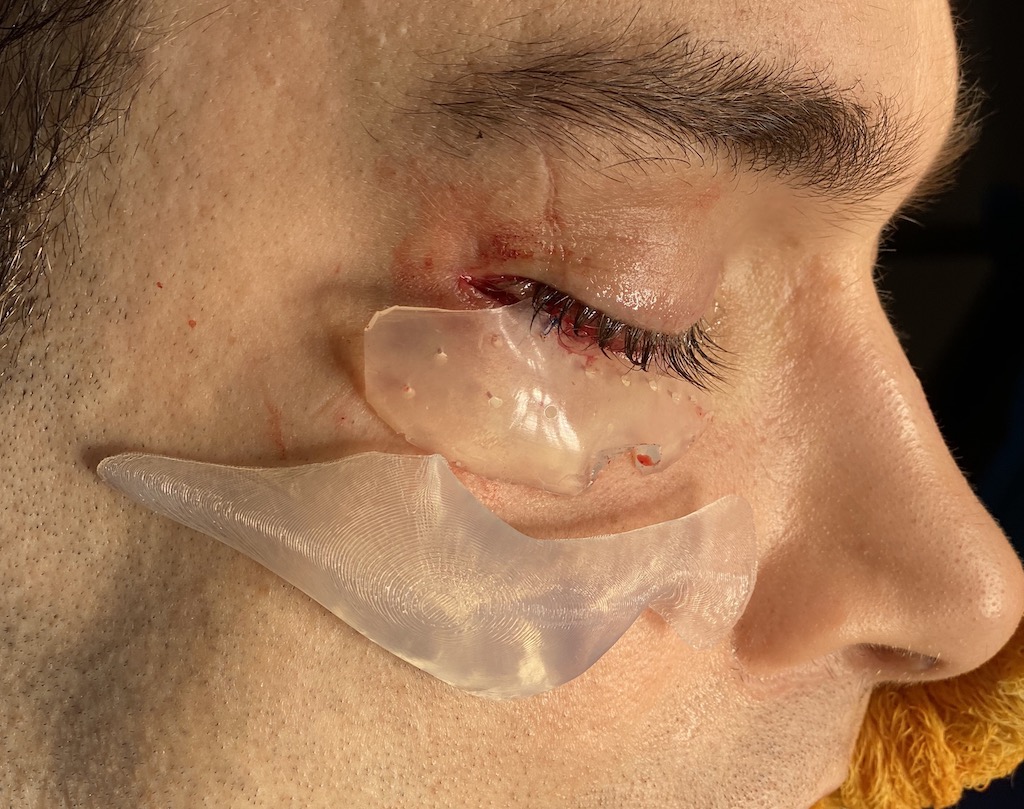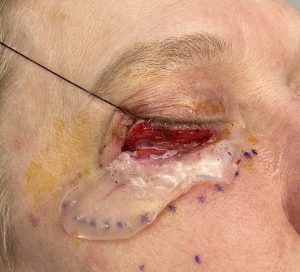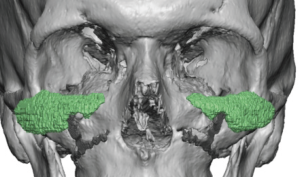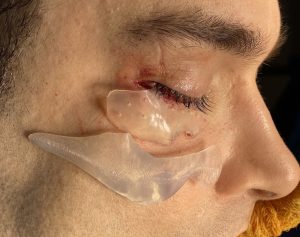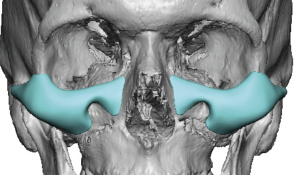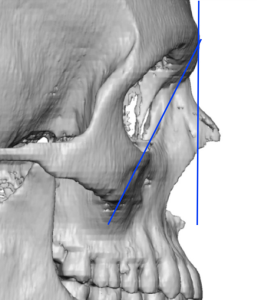
Surgical augmentation of the infraorbital rim can be done by either standard or custom infraorbital rim implants each of which has their specific indications. Differences in their implant footprint create different dimensional effects. One of their key differences is whether vertical augmentation of the infraorbital rim occurs and to what extent is a malar augmentation effect is achieved.
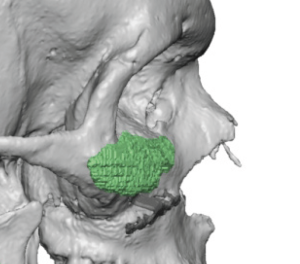
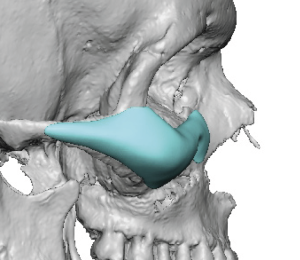
When to use these various forms of infraorbital implants depends on the problem being treated. From my experience the key indicator is that of the lower eyelid. If the lower eyelid has a good position without rounding or sag then standard infraorbital rim implants will probably suffice. Even if a slight sag is present standard implants will work as long as there is no malar or cheek flattening/deficiency. But when a negative orbital vector its present, significant lid sag exists and the cheeks are flat only a custom infraorbital-malar implant approach more completely treats the scope of the problem.
Dr. Barry Eppley
World-Renowned Plastic Surgeon

